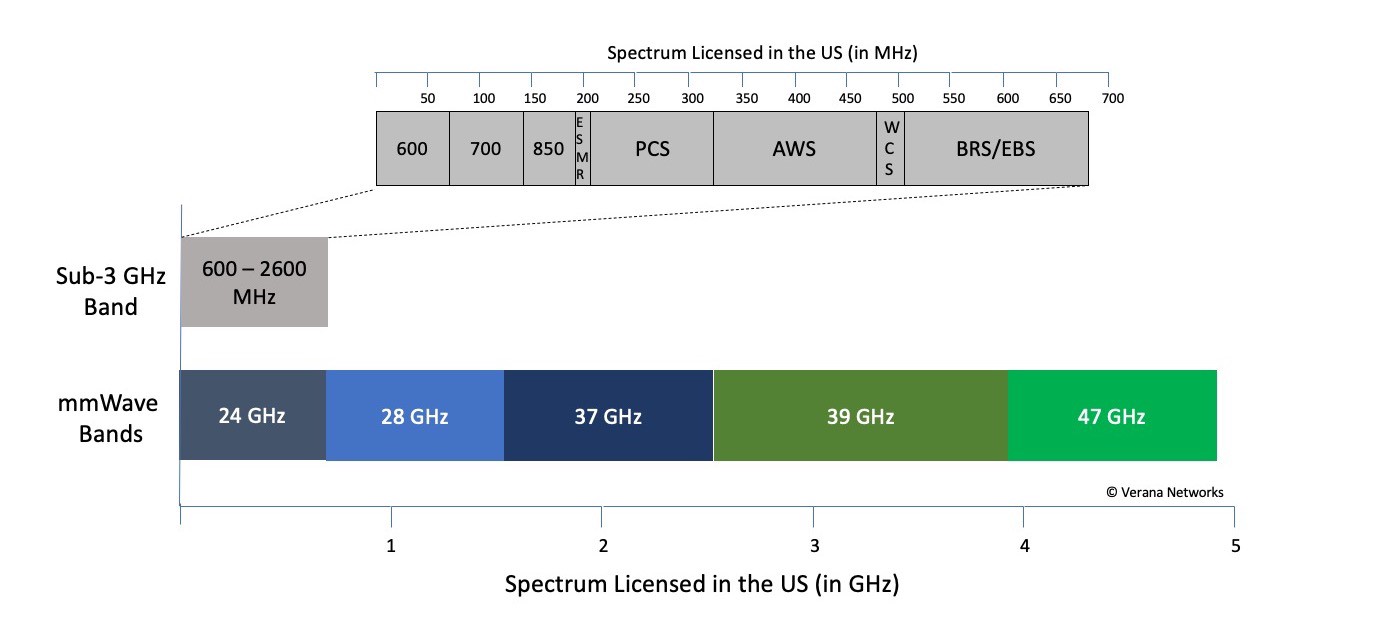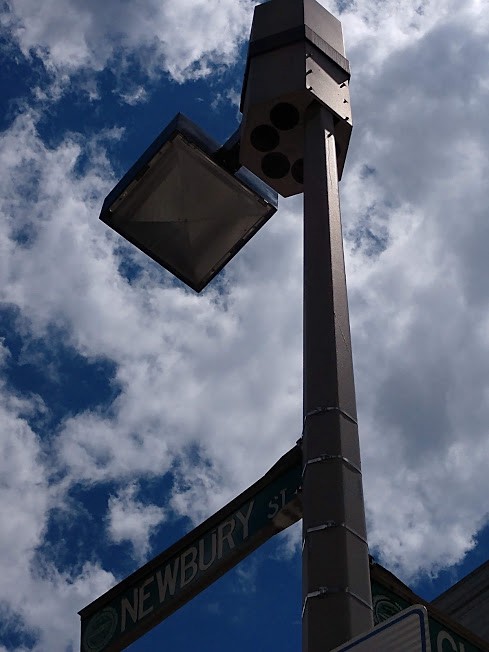
Make it ten times better, but don’t charge me a cent more! Isn’t that what every customer wants? Wireless operators and their customers (all of us) expect the same — every new generation of wireless technology should offer an order of magnitude improvement in performance, for less.
So far, every new generation of wireless has delivered such improvements not only by using spectrum more efficiently, but also by using wider channels. Exponential improvement in processor technology has made it possible for network equipment and handset manufacturers to build products that can utilize spectrum more efficiently, process wider channels and deliver more bandwidth without any increase in hardware cost. In other words, the hardware to provide ten times more bandwidth without charging a cent more is not a challenge. What stands in the way of delivering this massive increase in capacity is the availability of spectrum.

Spectrum is the lifeblood of wireless communications. A new cellular standard can define a 400 MHz wide channel, and technology providers can build products that can operate in this extremely wide channel, but a service provider cannot utilize these products unless it has 400 MHz of un-utilized licensed spectrum.
The largest amount of unused spectrum for 5G exists in 24–71 GHz, a part of wireless spectrum that is commonly known as the millimeter wave (mmWave) spectrum. The US Federal Communications Commission (FCC) has had the foresight to make almost 5 GHz of this spectrum available to wireless service providers as exclusively licensed spectrum, with a lot more available on an unlicensed basis. Note that this is 7.2 times more spectrum than what is available for mobile services in the 600–2600 MHz bands.

Collectively, the top three US wireless operators have spent more than $10B acquiring mmWave spectrum, either in auctions or by acquiring other companies that had acquired such spectrum in the past. Carriers in Korea, Japan and many countries in Europe also have access to mmWave spectrum.
The cellular industry has proven that the 5G standard works in mmWave spectrum, that it is possible to build network equipment that can offer commercial service, and that it is possible to build cost-effective client devices (like smartphones). Even though we don’t know what we may want to do with Gigabit 5G rates in the palm of our hands, we know that it is possible.

What stands between the promise of Gigabit 5G and the reality of deploying it are the physics of propagation in mmWave bands. A typical 5G cell site in mmWave has a coverage radius of less than 250 m. According to a preliminary study conducted by Google for the Defense Innovation Board, approximately 13 million pole-mounted mmWave 5G base stations and $400B of cap-ex will be required to cover 72% of the US population — a level of investment so gargantuan that makes it cost-prohibitive to deploy 5G in mmWave spectrum at scale.
The challenge for those of us who work in the wireless network industry is — can we drive down the cost of building 5G in mmWave spectrum by 10X or more? Can we make it fast, easy and cheap for wireless operators to deploy hundreds of thousands of 5G small cells every year? If we can do so, we can transform the economics of 5G deployment in mmWave, and create a future with abundant and inexpensive bandwidth for everyone, everywhere, and for every application.

